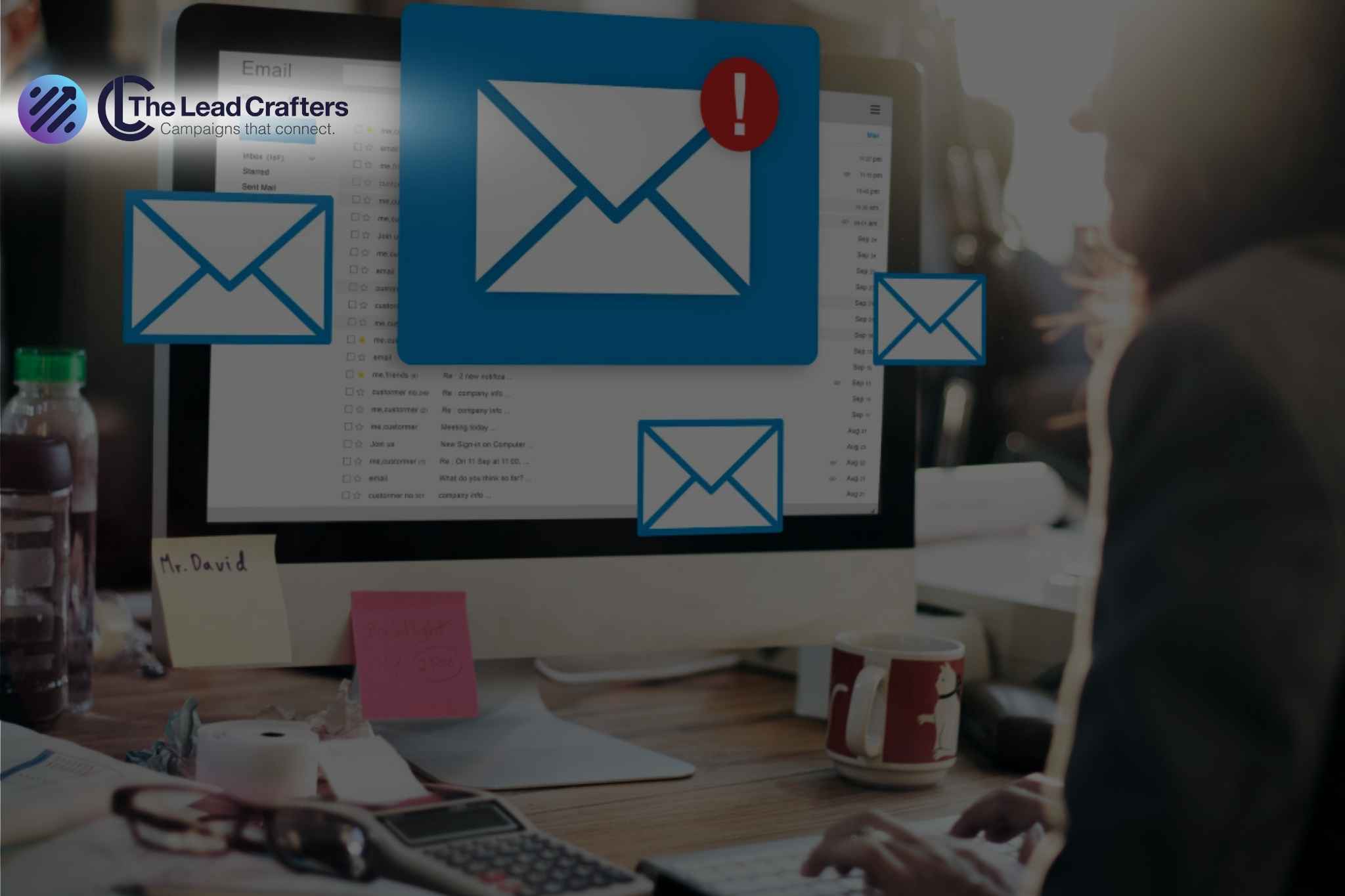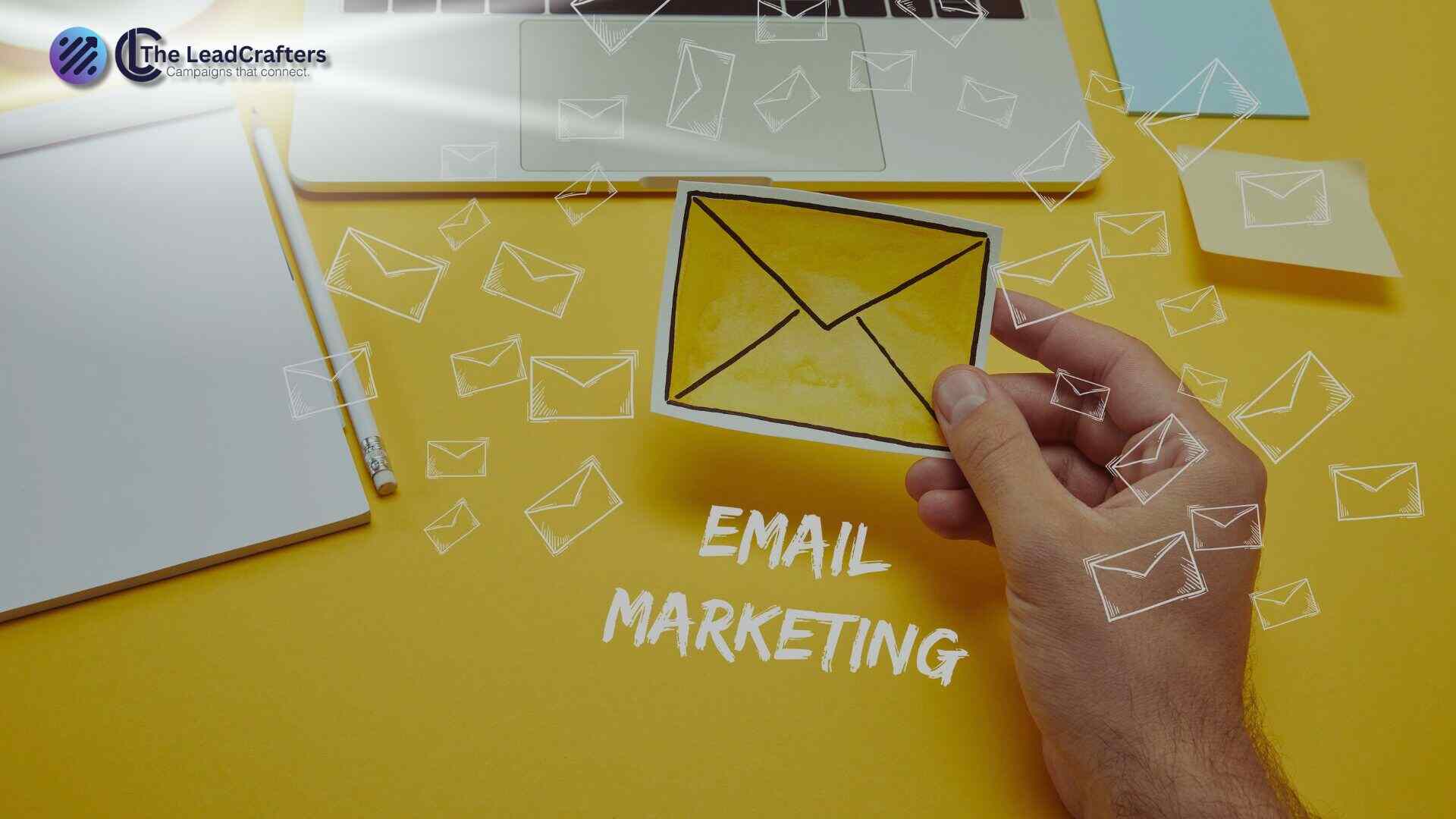In the fast-paced world of digital marketing, email remains one of the most powerful tools for nurturing leads and driving conversions. However, not all email marketing strategies are created equal. Two of the most commonly used tactics are drip campaigns and newsletters. While both can be effective, choosing the right one depends on your goals, audience, and marketing strategy.
At The LeadCrafters, we often get asked: “Should I focus on sending newsletters or build out a drip campaign?” In this article, we’ll break down the key differences, benefits, and ideal use cases for each. We’ll also help you decide which approach can generate the best ROI for your business.
What Is a Drip Campaign?
A drip campaign is an automated sequence of pre-written emails sent to leads or customers over time based on specific actions, behaviors, or time intervals. Think of it as a “set-it-and-forget-it” strategy, where users receive targeted content based on where they are in the customer journey.
Key Features of Drip Campaigns:
- Automated and behavior-triggered: Emails are sent based on actions like downloading a resource, abandoning a cart, or signing up for a webinar.
- Personalized: Content is often tailored to the individual’s interests or pain points.
- Time-based or action-based: Drips can be triggered by a specific time delay or a user action.
Example Use Cases:
- Welcome series for new subscribers
- Lead nurturing for potential buyers
- Post-purchase follow-ups
- Onboarding sequences for new customers
What Is a Newsletter?
A newsletter is a recurring email sent to a list of subscribers on a regular basis—weekly, biweekly, or monthly. It typically contains curated updates, blog content, industry news, and company announcements.
Key Features of Newsletters:
- Scheduled: Sent on a consistent schedule (e.g., every Tuesday).
- Informative and broad: Covers a range of topics to keep the audience engaged.
- Same content for everyone: Less personalization, but more editorial in tone.
Example Use Cases:
- Sharing company updates or new blog posts
- Promoting upcoming events or webinars
- Keeping leads warm with educational content
Drip Campaigns vs. Newsletters: Key Differences
| Feature | Drip Campaigns | Newsletters |
|---|---|---|
| Delivery Method | Automated and behavior-triggered | Manual and scheduled |
| Personalization | High (tailored to behavior/segment) | Low to medium (same for all recipients) |
| Purpose | Nurturing, converting, onboarding | Informing, engaging, brand awareness |
| Frequency | One-time setup with triggers | Ongoing, recurring |
| Content Strategy | Targeted and goal-specific | Broad and varied |
| Best For | Moving leads through the funnel | Maintaining relationships and updates |
Benefits of Drip Campaigns
- Automation Saves Time
- Once a drip sequence is built, it runs automatically. This reduces manual workload and ensures timely, consistent communication.
- Higher Engagement and Conversion
- According to Campaign Monitor, automated emails generate 320% more revenue than non-automated emails.
- Personalized Experiences
- Tailor messages based on user behavior, improving click-through rates and nurturing leads effectively.
- Better Lead Nurturing
- Ideal for long sales cycles (especially in B2B and SaaS) where prospects need multiple touchpoints.
- Scalable for Growing Businesses
- As your lead volume grows, drip campaigns can scale effortlessly.
Benefits of Newsletters
- Regular Touchpoints
- Keep your brand top-of-mind with recurring communication.
- Build Community and Loyalty
- Newsletters help foster a relationship with your audience by consistently delivering value.
- Content Distribution
- Perfect for sharing blog posts, case studies, or recent updates to drive website traffic.
- Broad Reach
- Engage both existing customers and potential leads with one email.
- Boost Brand Credibility
- A well-designed newsletter positions your brand as a thought leader in your niche.
When to Use Drip Campaigns
Drip campaigns work best when you need to move leads through a structured journey or sales funnel. If your business has a high-touch product or service, such as B2B SaaS, consulting, or high-ticket services, you’ll benefit from an automated sequence that educates and nurtures over time.
Ideal Scenarios:
- New lead signs up for a demo → Trigger onboarding drip
- Lead downloads an eBook → Start educational drip on related topics
- Free trial starts → Begin a usage tips drip series
At The LeadCrafters, we specialize in creating high-performing drip campaigns that guide leads from interest to action, using smart segmentation and automation tools.
When to Use Newsletters
Newsletters shine when your goal is to keep your audience informed, entertained, and engaged over the long term. They are great for companies that regularly produce content or want to keep customers in the loop.
Ideal Scenarios:
- Content marketing programs
- Customer updates or product announcements
- Brand awareness and thought leadership
If your brand regularly publishes articles, case studies, or videos, a newsletter is the perfect channel to promote them while staying connected with your audience.
Combining Drip Campaigns and Newsletters
Here’s the good news—you don’t have to choose just one. The most successful companies use both strategies together.
Here’s how:
- Use a drip campaign to onboard new leads, educate them, and push them toward a buying decision.
- Once they convert or complete the sequence, add them to your newsletter list for ongoing engagement.
This way, you get the best of both worlds—automated lead nurturing and consistent brand communication.
Real-World Example: Drip vs. Newsletter in Action
Let’s say you run a B2B software company that provides CRM solutions.
- Drip Campaign:
- A user downloads a guide on “Improving Sales Productivity”.
- They receive a 5-email sequence:
- Email 1: Thank you + access the guide
- Email 2: A blog post on CRM best practices
- Email 3: Customer success story
- Email 4: Invitation to a free demo
- Email 5: Limited-time offer
- Newsletter:
- Once the drip ends, the lead is added to your monthly newsletter list.
- They receive updates about product features, new integrations, webinars, and curated blog content.
This approach maximizes conversions while keeping leads engaged post-purchase.
Common Mistakes to Avoid
With Drip Campaigns:
- Overloading leads with too many emails
- Not segmenting by persona or behavior
- Neglecting to test and optimize subject lines and CTAs
With Newsletters:
- Sending content that lacks value or is too self-promotional
- Inconsistent delivery schedules
- Ignoring mobile responsiveness and readability
Need help optimizing your email strategy? The LeadCrafters offers expert guidance in building result-driven drip sequences and high-performing newsletters.
Final Verdict: Which Works Better?
There’s no one-size-fits-all answer. The better strategy depends on your business goals:
- Choose drip campaigns if your focus is lead nurturing, conversions, and automation.
- Opt for newsletters when your goal is brand building, engagement, and content sharing.
- For best results, combine both in a cohesive email strategy.
At the end of the day, it’s about delivering the right message, to the right person, at the right time. And that’s exactly what we help businesses achieve at The LeadCrafters.
Ready to Elevate Your Email Marketing Strategy?
Whether you’re building your first drip campaign or refreshing your monthly newsletter, our team at The LeadCrafters is here to help. Contact us today for a personalized consultation and let’s craft a high-converting email strategy that works for your brand.



